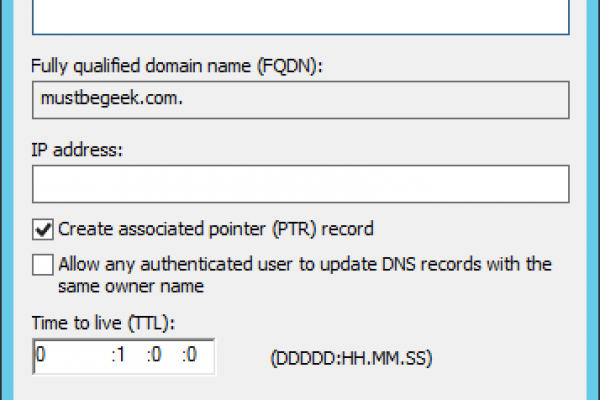Configure DNS Forwarding in Windows Server 2012 R2
To put it simple, you can understand DNS forwarding as a method for DNS server to resolve a query by “asking for a help” from another DNS server. It is supported by on Windows DNS server, including Windows Server 2012 R2. The default behaviour is that Windows DNS Server will forward query that it cannot resolve […]







